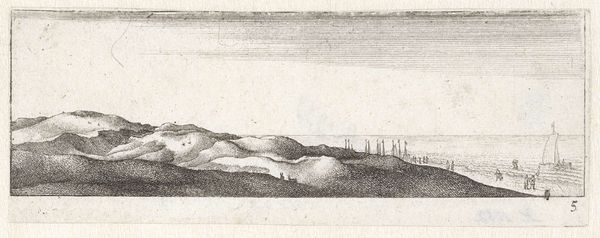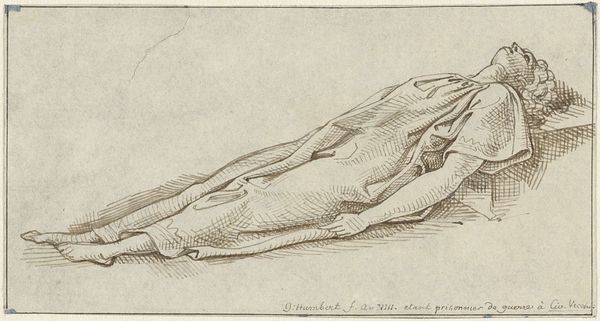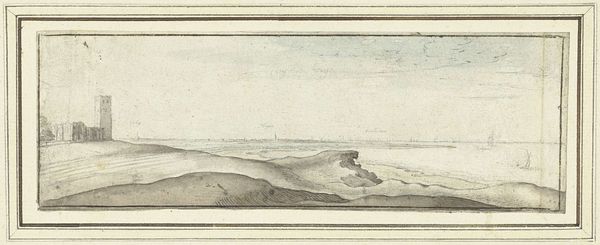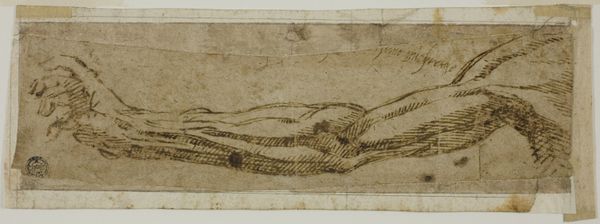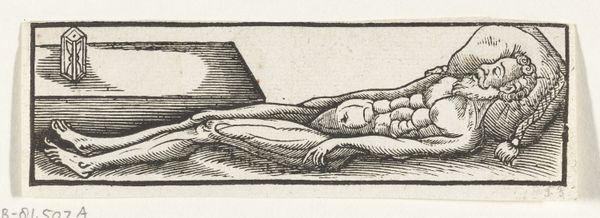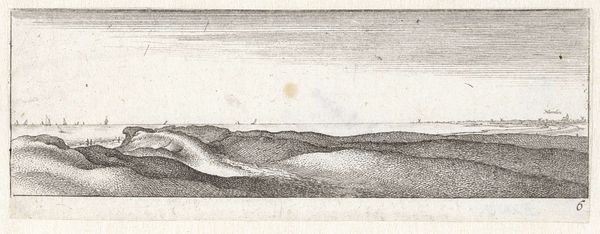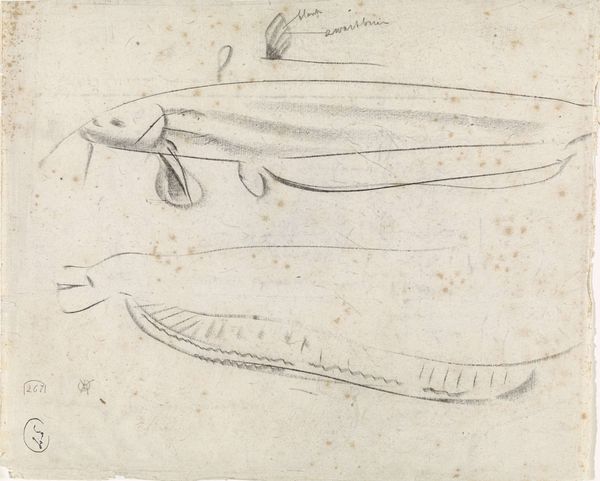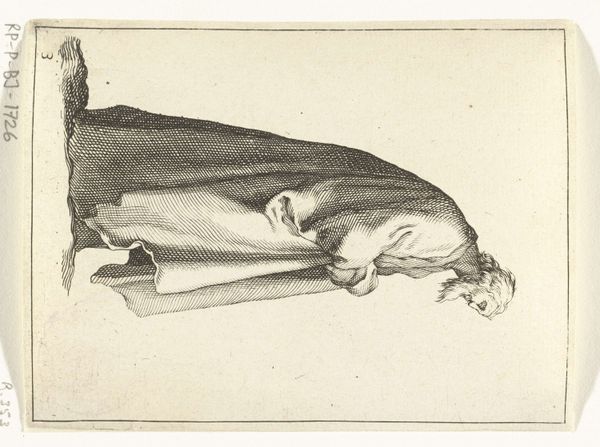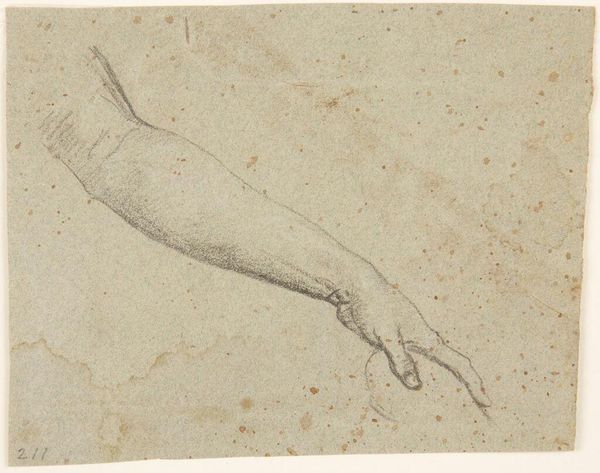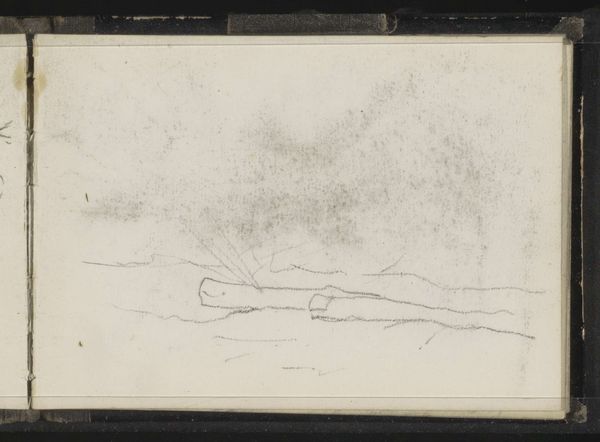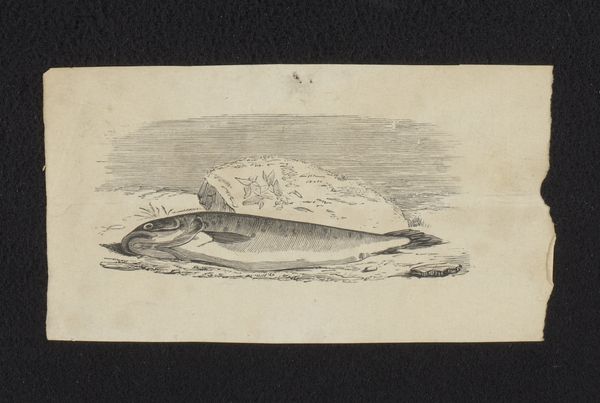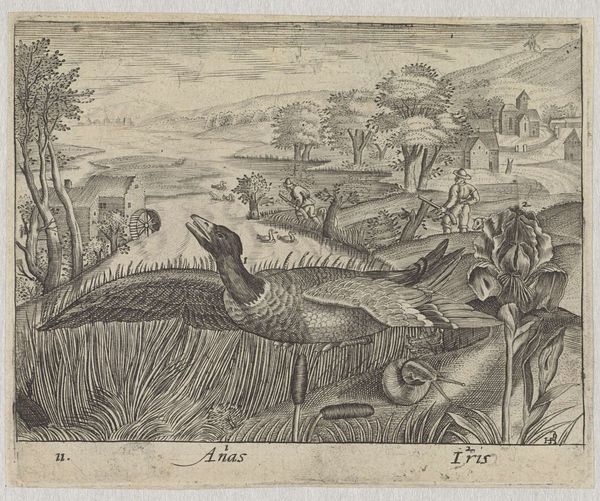
#
pencil drawn
#
aged paper
#
toned paper
#
light pencil work
#
pencil sketch
#
old engraving style
#
personal sketchbook
#
coloured pencil
#
watercolour illustration
#
watercolor
Dimensions: height 76 mm, width 208 mm
Copyright: Rijks Museum: Open Domain
Curator: Before us, we have "View of the Dunes near Muiderberg," a 1634 work by Wenceslaus Hollar, currently held at the Rijksmuseum. Editor: There’s a stark, windswept quality that gets me. Look how minimal the composition is – just these layered dunes dissolving into the sky. Feels incredibly open and exposed, almost unnerving in its quietness. Curator: Indeed. Hollar was known for his detailed topographical views, but here he strips away the specifics, leaving us with the bare essence of the landscape. The use of toned paper suggests a subtle commentary. It's not a blank slate. There is existing continuity on which the artist builds. Editor: And yet it also feels intensely personal, like a fleeting sketch from a private journal. Those wispy pencil lines – they’re so delicate and tentative, almost as if he's afraid to fully define the scene. He invites you in without needing a grand landscape; that is his compositional style. Curator: That delicacy speaks volumes. This area of the Netherlands would have been undergoing significant land reclamation and agricultural development at this time. Perhaps it's about the transience of the landscape itself? The pencil feels apt to capture this reality. Editor: Perhaps. For me, the suggestive qualities invite curiosity to what lays just out of sight – what can't we see just over the dunes. A dream of escape maybe. It doesn’t depict grand heroism or idyllic rural life, as you say, but instead a sort of…emptiness. Curator: But is it truly empty? Or is it full of potential? The blankness is where meaning grows over time and in individual viewers. It may be precisely why the work retains its resonance today. Editor: You are absolutely correct. Maybe it’s both, the emptiness is there, for potential. These quiet little landscapes contain the weight of whole worlds. That is not easy to accomplish. Curator: Agreed. And to experience those worlds with art from the 17th century provides even richer insight. Editor: Precisely, like peering into someone else’s daydream centuries after it was dreamt.
Comments
No comments
Be the first to comment and join the conversation on the ultimate creative platform.

